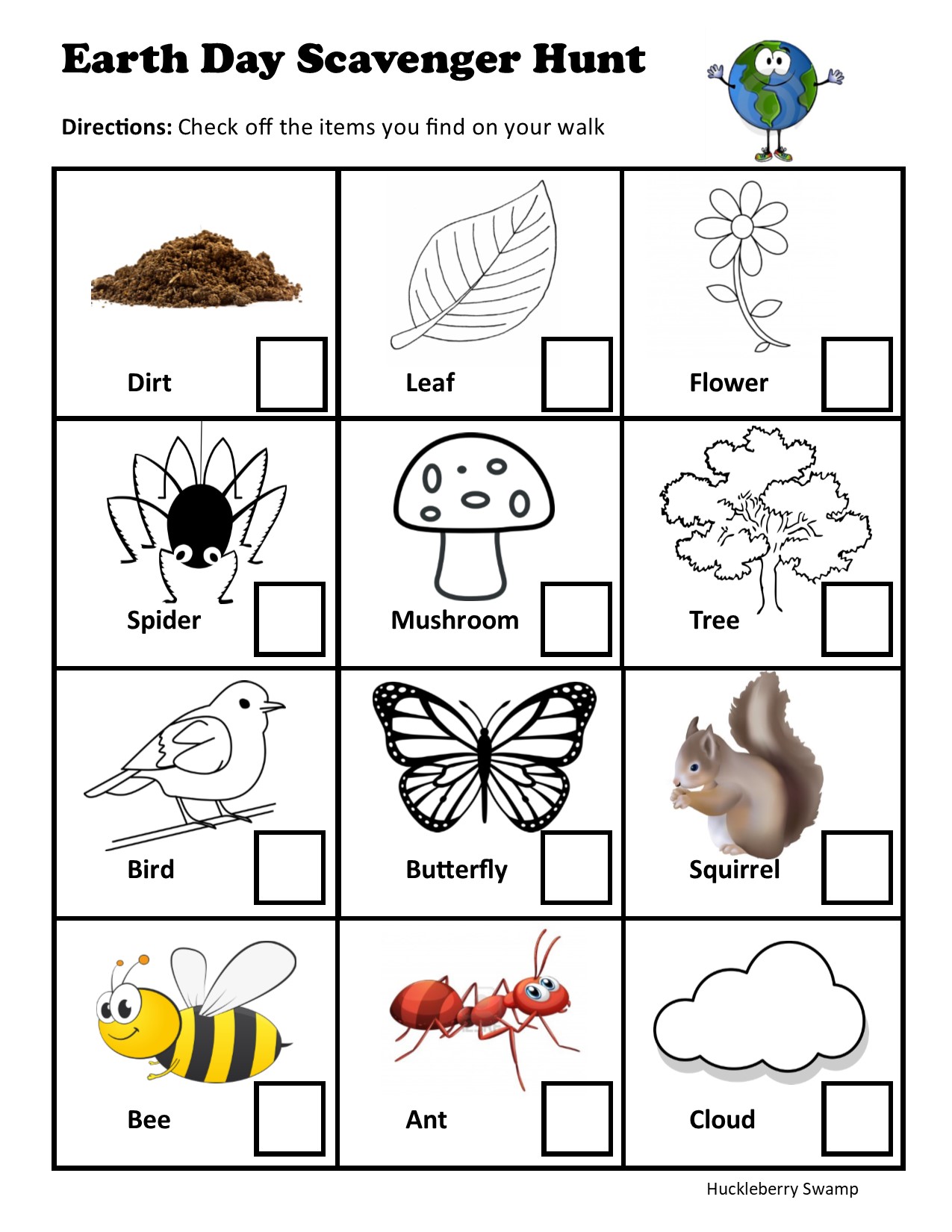Xerces Society is holding an online short course intended for NRCS staff, Soil and Water Conservation staff, Extension Educators, farmers and other agricultural professionals in the northeastern region of the US. This course is free to attend, but registration is required. Click here to register.
Presenters are Stephanie Frischie, Agronomist & Native Plant Materials Specialist; Jennifer Hopwood, Senior Pollinator Conservation Specialist – Midwest; and Kelly Gill, Senior Pollinator Conservation Specialist – Northeast/Mid-Atlantic, and guest presenter Kyle Wickings, Associate Professor of Entomology at Cornell University, for this online course about soil animals and their role in governing microbial processes in agricultural soils.
Participants will learn about common soil invertebrates, their ecology and roles in soil health, scouting methods, and management strategies to increase beneficial soil animal populations.
In Dr. Wicking’s talk, he will review the primary pathways by which soil animals influence crop residue decomposition and organic matter cycling, first discussing recent research on the different ways invertebrates interact with microbial processes in soil. Second, he will talk about the impact of agricultural management practices on invertebrates and the processes they drive. Next, we’ll discuss how invasive earthworms muddy the concept of soil health. Lastly, we’ll explore how even plant-feeding insect pests can impact carbon and nitrogen cycling in soil.
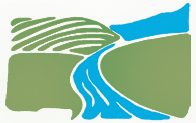
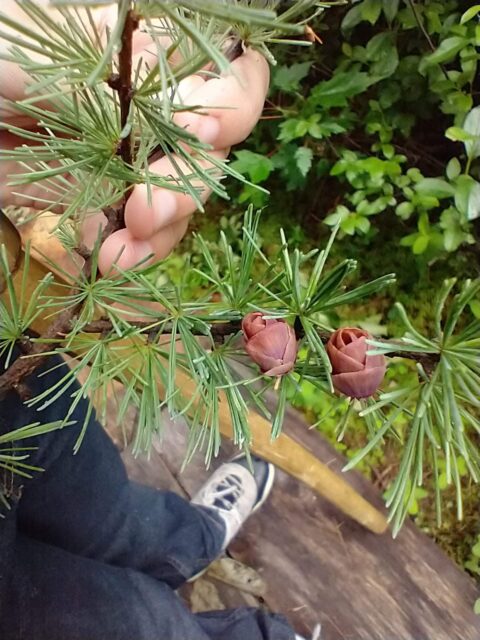 Join Trail Works wildflower expert Mark DeCracker to hike a National Natural Landmark with a sphagnum bog and floating bog cradled between Wayne County drumlins.
Join Trail Works wildflower expert Mark DeCracker to hike a National Natural Landmark with a sphagnum bog and floating bog cradled between Wayne County drumlins. 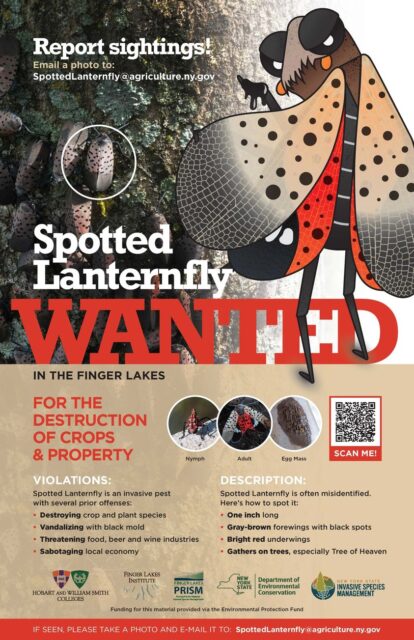
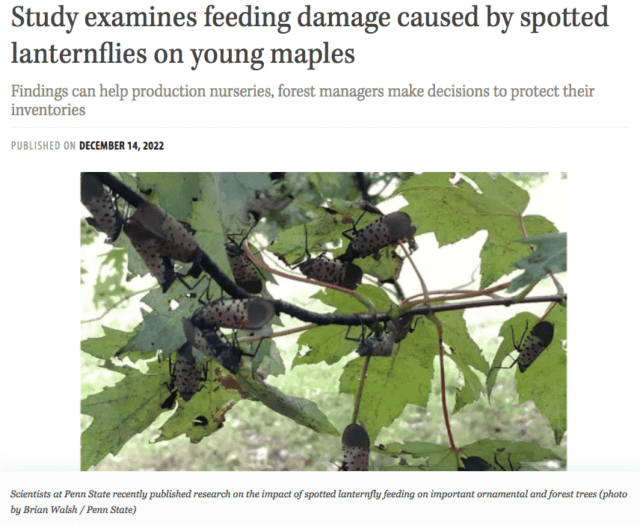
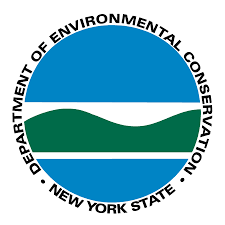
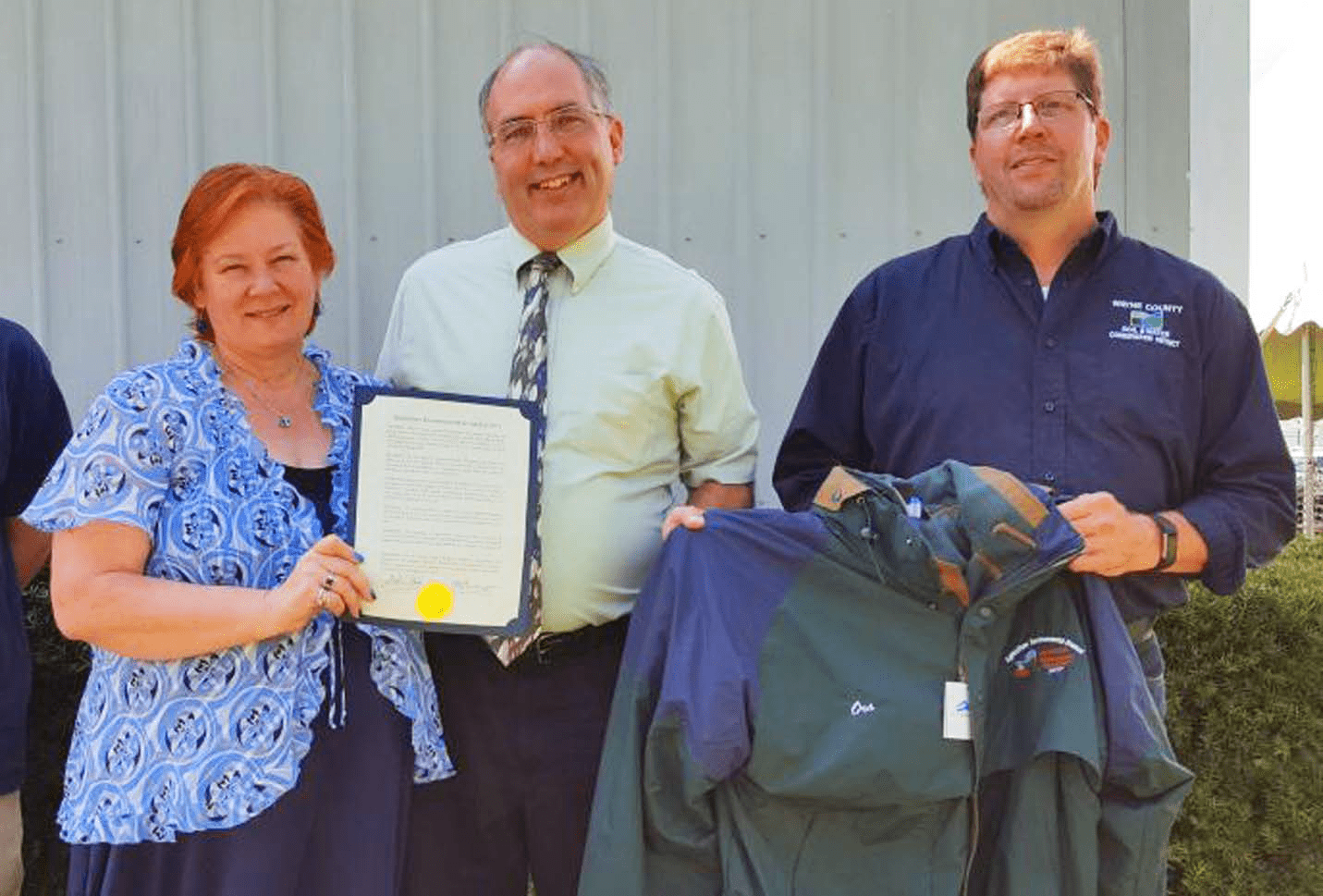
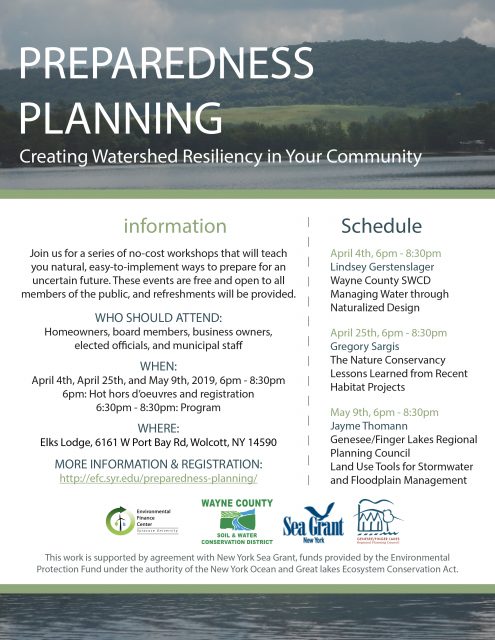 May 9th Preparedness Planning Workshops: Creating Watershed Resiliency in Your Community
May 9th Preparedness Planning Workshops: Creating Watershed Resiliency in Your Community
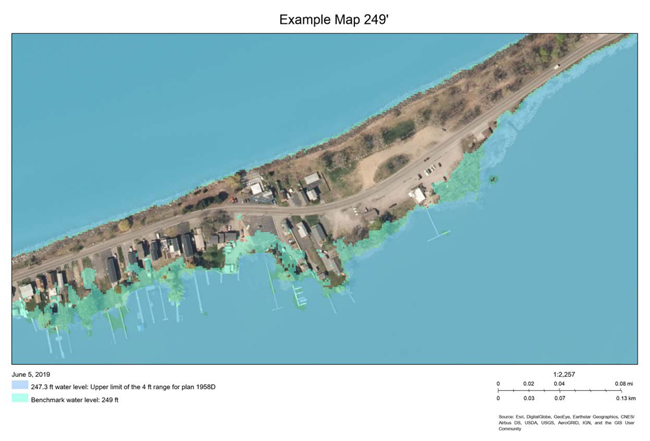
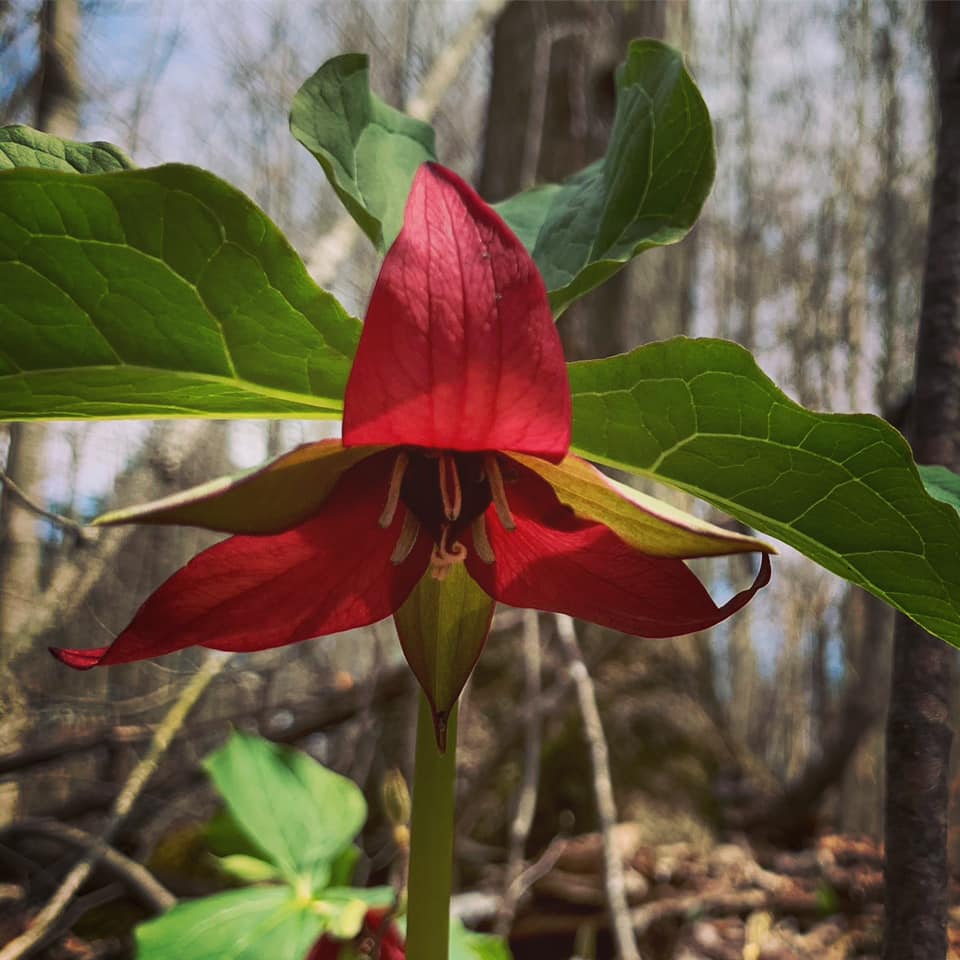
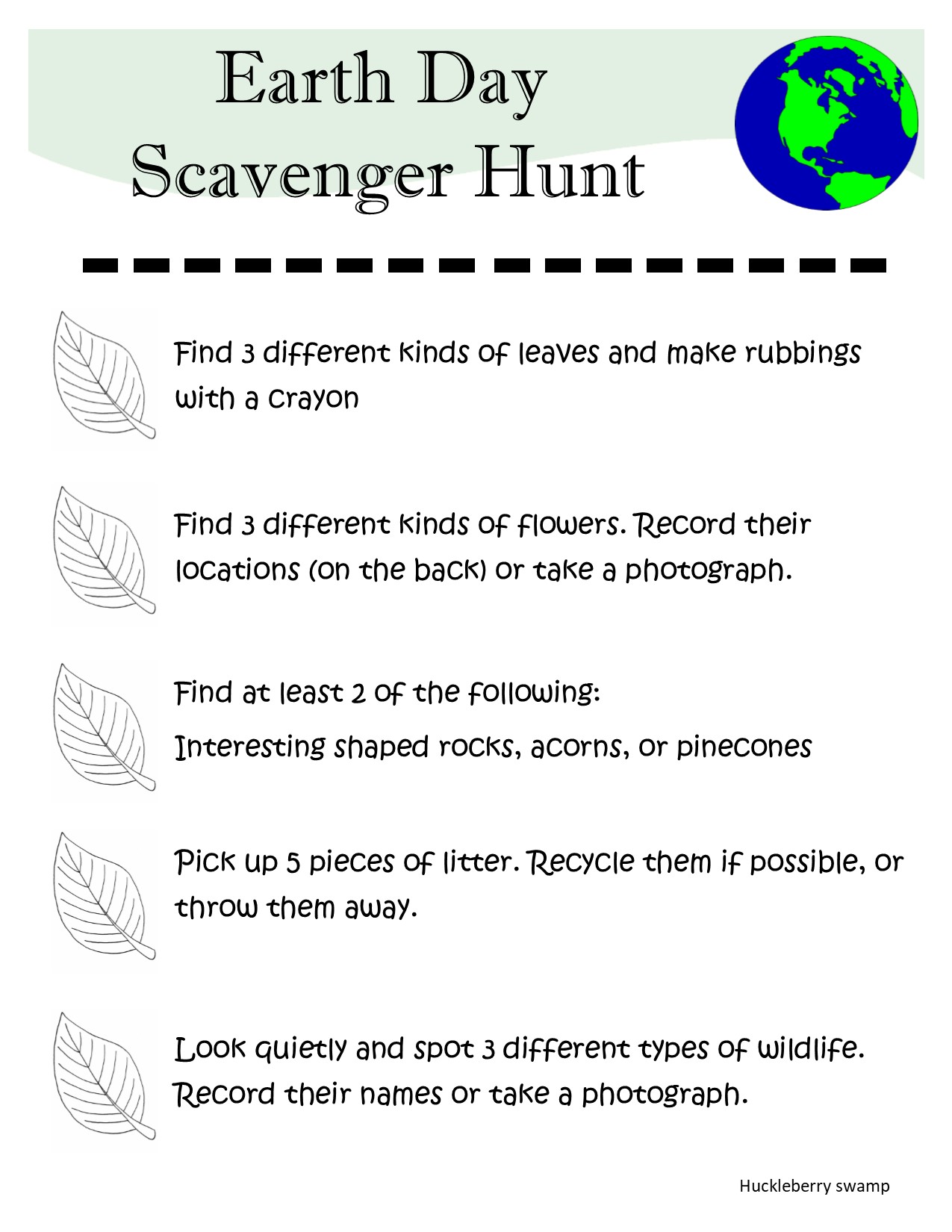 [
[